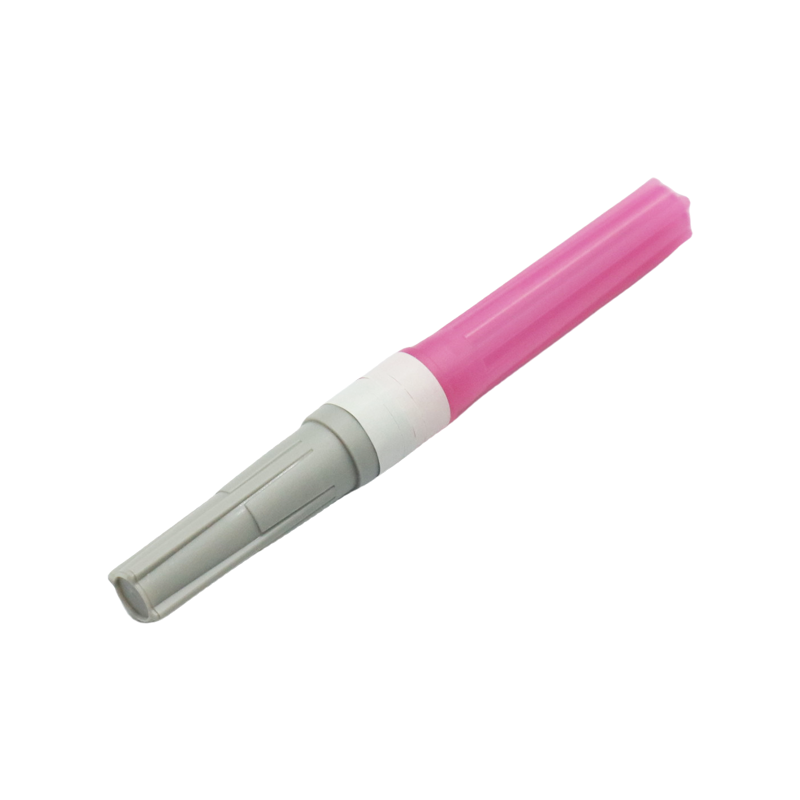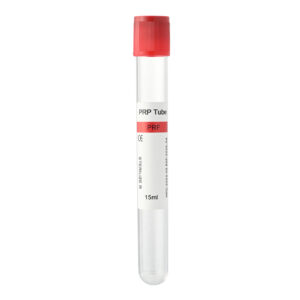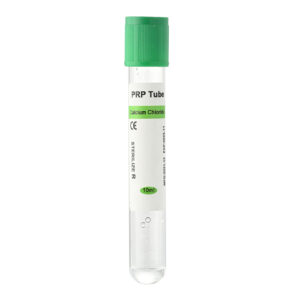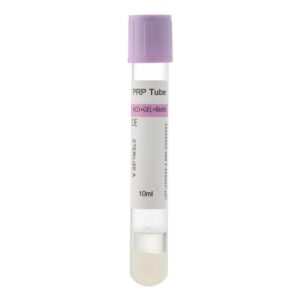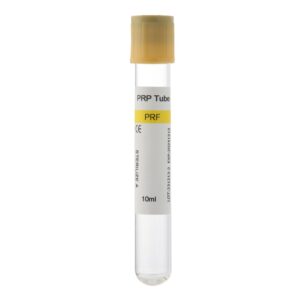In the medical field, straight needles and butterfly needles are two commonly used tools for venipuncture, widely employed in blood collection, intravenous injections, and other medical procedures. These two types of needles differ significantly in design, usage, and patient comfort. Understanding the advantages and disadvantages of each is crucial for healthcare professionals and patients alike. This article provides an in-depth comparison and analysis to help you make informed decisions in various medical situations.
Straight Needles
Straight needles are a common venipuncture tool, typically composed of a simple needle attached to a connecting tube. They are widely used for intravenous injections, IV drips, and blood collection due to their straightforward design, allowing for quick and efficient use.
Advantages:
- Efficiency: The simplicity of the straight needle design enables experienced healthcare providers to complete puncture procedures rapidly. This makes it ideal for high-volume blood draws or frequent intravenous injections.
- Low Cost: The low production and design cost of straight needles provide an economic advantage in routine use.
- Larger Needle Diameter: In situations requiring large-volume blood draws or fast fluid infusions, the larger needle diameter of straight needles enhances operational efficiency.
Disadvantages:
- Unsuitable for Small or Difficult Veins: Straight needles are more appropriate for large, visible veins, particularly in adults. However, for patients with smaller or harder-to-locate veins, such as children or the elderly, puncture difficulty increases, raising the risk of failure.
- Lower Comfort: The rigid design of straight needles can cause discomfort during procedures, especially when multiple punctures or prolonged use is required.
Butterfly Needles
Also known as winged infusion sets or scalp vein sets, butterfly needles are specially designed venipuncture tools. They feature two plastic “wings” resembling butterfly wings attached to the needle, allowing for better control by healthcare professionals during complex procedures. Butterfly needles are particularly useful for patients with difficult-to-puncture veins, such as children, elderly individuals, or those with fragile veins.
Advantages:
- Higher Precision: The flexible design of butterfly needles allows for easier control during procedures, making them suitable for hard-to-locate or smaller veins, as well as for tasks requiring high accuracy.
- Increased Comfort: The fine, flexible needle design causes less pain and discomfort during puncture, making it especially suitable for patients needing long-term or repeated punctures.
- Ideal for Children and Elderly: Butterfly needles reduce the number of failed punctures and minimize the risk of vein damage in children, elderly patients, or those with fragile or hard-to-locate veins.
Disadvantages:
- Slightly More Complex to Use: The smaller, more delicate butterfly needle may be more challenging for less experienced healthcare providers, particularly when handling large volumes or rapid infusions.
- Higher Cost: The relatively higher production cost of butterfly needles may be a consideration in settings where large quantities are required.
Comparison of Application Scenarios
Venipuncture for Blood Collection:
- Straight Needles: Best suited for adult patients with easily visible veins, allowing for quick, efficient blood draws in high-volume scenarios.
- Butterfly Needles: Ideal for patients with small or hard-to-locate veins, particularly in situations where precise blood collection is essential.
Intravenous Injections:
- Straight Needles: Suitable for rapid infusions or drug injections but may cause discomfort if used for prolonged periods.
- Butterfly Needles: Provide greater comfort during long-term IV infusions or repeated injections.
Pediatric and Elderly Patients:
- Straight Needles: These are more difficult to use in children or elderly patients with smaller veins, increasing the likelihood of puncture failure or discomfort.
- Butterfly Needles: The higher precision and comfort of butterfly needles make them more suitable for these patient groups.
How to Choose the Right Needle?
Selecting the appropriate needle depends on the patient’s specific condition and the requirements of the procedure. For visible veins and straightforward procedures, straight needles are often the first choice due to their low cost and high efficiency. However, butterfly needles offer significant advantages for patients with difficult-to-find veins or requiring high precision, such as children, elderly individuals, or those needing repeated punctures.
Risks and Strategies in Needle Selection
When using straight or butterfly needles, healthcare providers must consider risks such as puncture failure, vein damage, and patient discomfort. Understanding and mitigating these potential issues can improve the success rate of procedures and ensure patient safety.
Causes of Puncture Failure and Prevention:
- Straight Needles: Failures are often due to improper vein location, vein collapse, or incorrect needle angle.
- Butterfly Needles: Failures may occur if the smaller needle does not adequately enter the vein.
- Prevention: Proper assessment of the patient’s vein condition, selection of the appropriate site and needle, and regular training to enhance venipuncture skills are essential.
Risks of Vein Damage and Mitigation:
- Phlebitis and Thrombosis: Repeated punctures or improper technique can lead to phlebitis or thrombosis. Regularly rotating puncture sites and using smaller butterfly needles can help reduce these risks.
- Bruising and Bleeding: Deep needle insertion or rapid withdrawal, particularly with straight needles, may cause tissue bruising and hematoma. A smooth, controlled technique when withdrawing the needle, along with appropriate pressure application, can minimize bleeding.
Strategies for Managing Patient Discomfort:
- Pain Management: Straight needles may cause significant pain, particularly for sensitive patients. Reassuring communication, local anesthetics, or using butterfly needles with a softer design can help improve patient comfort.
- Reducing Discomfort: For long-term treatment, healthcare providers may consider using butterfly needles with a catheter (indwelling needle), reducing the need for repeated punctures and significantly improving patient experience.
Usage in Different Departments
In clinical practice, the use of straight and butterfly needles varies across different medical departments. Below are some typical strategies for selecting the appropriate needle in specific departments:
Emergency Department
In emergency settings, where rapid response is crucial, straight needles are preferred due to their speed and efficiency, particularly for adult patients or in cases requiring large fluid volumes. However, in complex cases involving collapsed veins or difficult-to-locate veins, butterfly needles may be used for more precise control.
Pediatrics
Pediatric patients often have smaller and more delicate veins, making butterfly needles the preferred tool. Their softer design minimizes both pain and psychological stress for children. In pediatrics, patient comfort and procedure success rates are prioritized over speed.
Oncology and Hematology
Patients in oncology and hematology often require long-term, repeated IV treatments, which can weaken veins over time. Butterfly needles are commonly used as indwelling needles to reduce the need for repeated punctures, offering higher comfort and accuracy in delicate procedures.
Dialysis and ICU
Patients undergoing dialysis or in the ICU frequently require large-volume blood exchanges or fluid infusions. Straight needles, with their larger diameters, are typically favored for their capacity to accommodate higher flow rates. However, to prevent vein damage, smaller butterfly needles may also be used depending on the patient’s condition.
Patient Education in Needle Use
To ensure safe procedures and increase patient compliance, healthcare professionals should educate patients about needle use. Here are some key recommendations:
Pre-Puncture Preparation:
Explain the purpose and procedure of using different needles. For patients with needle anxiety, proper explanation and reassurance can help alleviate fear and encourage cooperation.
Care Instructions:
For patients with indwelling butterfly needles, healthcare providers should instruct them on how to care for the puncture site to avoid infection. Patients should also be informed about symptoms like swelling or redness, which should be reported immediately.
Post-Procedure Care:
After puncture, advise patients on how to protect the site in the hours following the procedure to prevent excessive activity, bleeding, or vein damage.
Conclusion
Both straight and butterfly needles have unique uses and benefits in modern medical practice. By understanding their distinct characteristics and selecting the appropriate tool for each scenario, healthcare professionals can significantly improve procedural success and enhance the patient experience. Ongoing training, technological innovation, and patient-centered care will help ensure that these tools are used effectively to safeguard patient health and safety.
In the future, as medical technology advances, we can look forward to further improvements in needle design, offering even more optimized solutions for various clinical needs.

